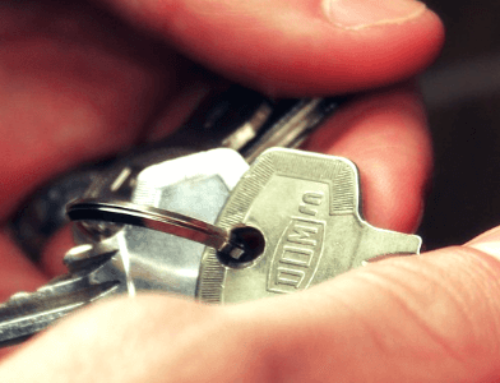Soil testing. Perhaps not the most exhilarating topic when it comes to building a new home, but you better believe that it’s one of the most important tests to have done, and should not be considered optional.
Many people in the process of designing their new home are completely unaware of the importance of soil testing or are at least a little confused as to why it’s actually done. Well this just won’t do, because as boring as the idea of a soil test might be, the reality is that it just might mean the difference between having a beautiful home that remains completely intact for the duration of its life, or a home that ends up needing to be knocked down as it slowly rips apart from its very foundations.
So before you commit to that stunning block of land you’ve been eyeing off for some time now, the first thing you’ll want to do is get that soil tested. Why? Well, here’s the thing…
Why on earth should I get a soil test?
First thing’s first, you need to make sure that you know exactly what type of ground you’ll be building on since this is going to determine the first step of the building the structure of your home. Testing the soil is absolutely crucial in the development of building a house because you need to be sure that the foundations used to secure your property are consistent with the type of soil that it’s going to be built on. That is unless you think giant cracks in the ceiling and walls will go with your decor. Even the most bohemian homeowners out there probably won’t appreciate the gradual deterioration of their humble abode though.
So how does it work?
Soil tests are usually undertaken by geotechnical engineers who will drop by, drill down several metres into the earth, extract a section of the soil that needs to be assessed and evaluate certain areas around the site. They’ll then take the soil off to be analysed which will tell them exactly what type of soil the land is composed of at varying depths. These results then give them the information needed to classify the site, which in turn helps them work out what capacity the soil is capable of bearing.
OK, cool. Now what? Well, the bearing capacity of the soil is the primary piece of information that a structural engineer needs to be able to design the foundations of your home. So yeah, kind of important stuff. In a nutshell, the soil report that was produced from testing the soil is the holy grail of structural house design, as the soil bearing capacity tell the engineer how much weight the soil can support. So since the basic idea of a foundation is to ensure that the full weight of the house is evenly distributed over a large enough area so as to avoid any issues of structural deficiency, the amount of weight the soil can take will determine exactly what foundations the house will need.
For instance, if the soil is stable (ie, has a high bearing capacity), then the footings of the foundations can be more narrow than if the soil is unstable (ie, has a low bearing capacity). In the case of low soil bearing capacity, foundations may need to be modified or footings secured much further into the ground for added security.
Water + soil = Possible foundational concerns
On top of all this comes the serious issues of how the soil on a plot of land will interact with water. This can be one of the biggest problems associated with long-term home defects and needs to be given serious consideration. Since certain soils react differently to water, a soil that is found to be highly reactive will absorb a great deal of water and result in volume expansion. Not a good thing if you have a solid structure trying to maintain structural integrity. Another issue that has the potential to cause serious foundational damage is if the soil in question is prone to erosion where the earth will essentially disintegrate underneath itself. Also not a good thing for a solid structure to be built on.
Victoria’s requirements for soil testing
When it comes to building a new property in Victoria, state legislature says “no soil test, no building”. It’s basically as simple as that. If the site you want to build on has not undergone a soil test, you will not be given a building permit and not be approved to build the home of your dreams. What party poopers, am I right? Well, considering they only have your best interests at heart, I think we should maybe cut them some slack – at least when it comes to soil testing.
What it essentially comes down to is this, if the soil being tested is anything other than perfect for building on – which, in geotechnical terms is considered Class A – meaning the soil is stable and non-reactive, the designs for the structural foundation will likely need to be amended by an experienced structural engineer. Fair enough if you ask me.
Reactive soil will likely come in the form of either clay or silt, which are two of the most problematic types you can build on as both are especially fine, silt being even finer. When absorbing water, they have a dreadful tendency to drastically change in volume, and become highly unpredictable and super slippery.
So with all this being said, I’m sure you can understand why it might be a good idea to get a soil test done before deciding on the perfect spot to build. I hope this article has given you some more insight into the reasons why soil testing is a crucial step in the building process. And as boring as it might be… it could very well save your entire house! So go on, show that soil who’s boss and it get it tested before you end up at the mercy of some seriously expensive soil-related issues.







Leave A Comment